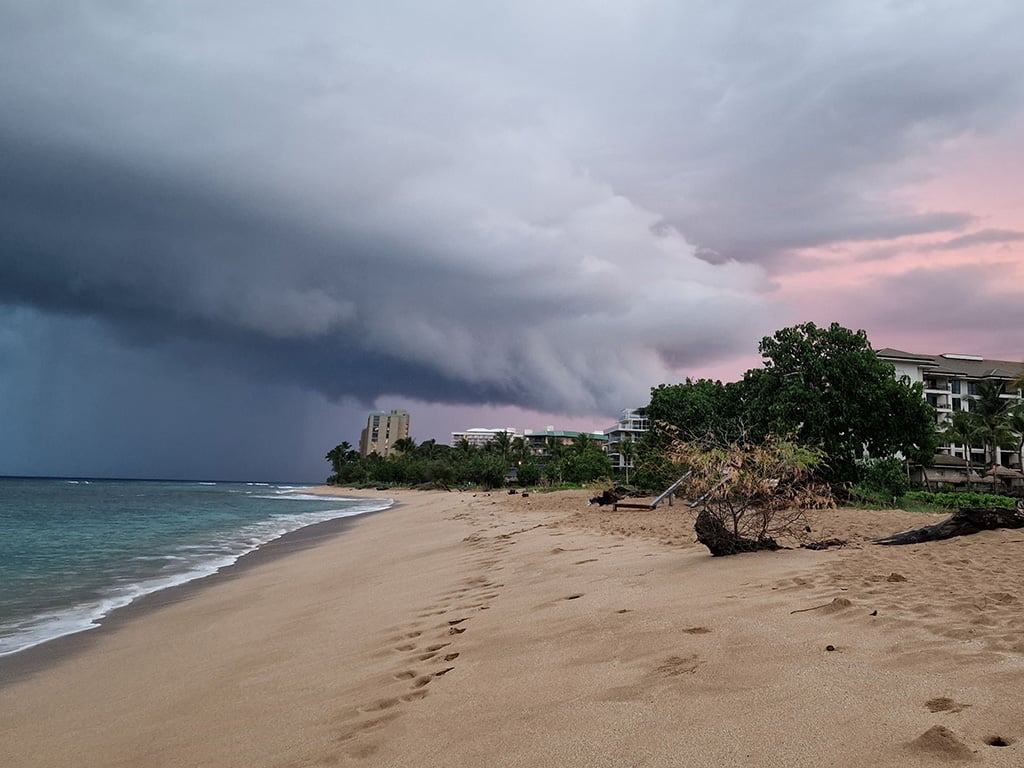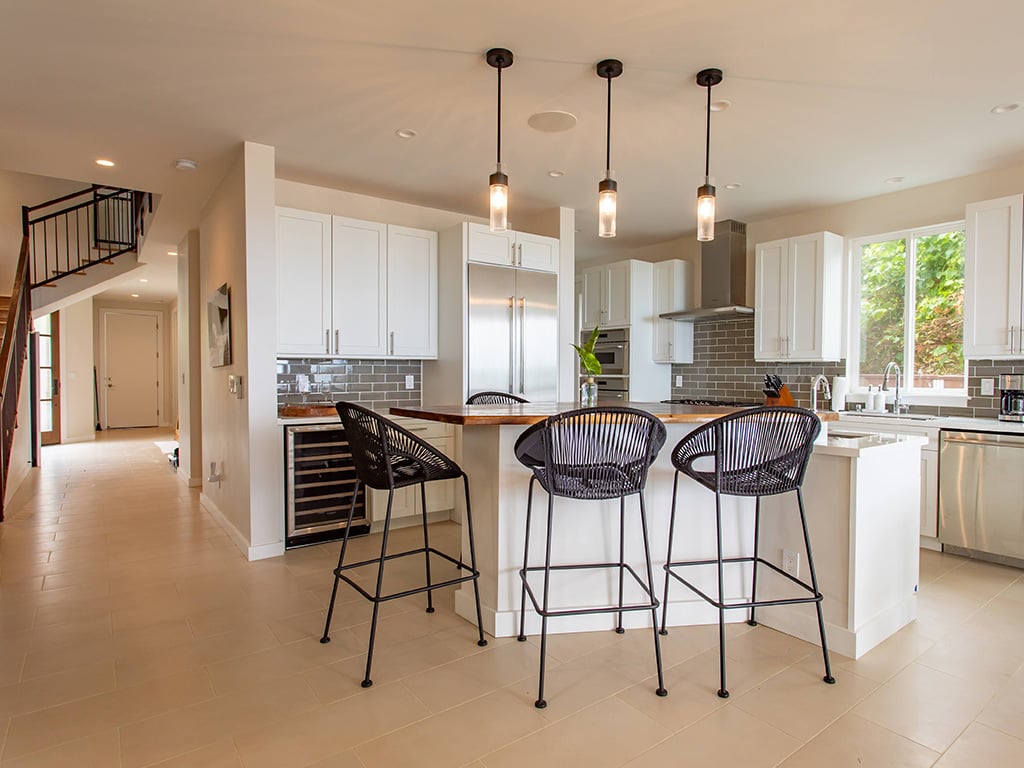Hurricane Preparedness Tips for Hawaii’s Storm Season
As the midyear mark hits, it‘s time to reassess your emergency plans.

June through November marks hurricane season in the Central Pacific. Hawaii communities know the effects these tropical systems can have, with dangerous winds, heavy rain, huge surf and flash floods potentially causing thousands of dollars in property damage. To stay on track with your hurricane preparedness plans, here are key resources and reminders.
Water and food
- Stock up on enough nutritious nonperishable food that will last you at least 14 days. Don’t forget to buy emergency food for your pets as well. If your pantry already includes a stash of rations, check on their expiration dates and ensure that these items can be easily accessed in case you need to evacuate quickly.
- Maintain a set of filled 5-gallon purified water bottles and buy bulk packs of bottled water in smaller individual sizes when they are on sale. For additional water reserves, consider emergency water storage kits, like this one from City Mill. A sturdy cooler is a must in your hurricane preparedness checklist as well.
- Check on your cooking appliances and purchase new butane stoves or portable grills if you don’t already have them. Stock up on ample propane, charcoal and other materials for your cooking apparatuses, too.

Protect your infrastructure
- Early into hurricane season, contact contractors in roofing, foundation services, and other infrastructure specialties. Have your home checked out for vulnerable areas that should be improved for storm protection, especially spots that could be damaged by high winds and flooding.
- Go over your home insurance thoroughly with your insurance company. Ask your agent about the most updated line items covered in your agreement and get a printed copy of your policy for safekeeping.
- Visit your local home supply store for plywood, hurricane clips, sandbags, tarps, rope, duct tape and toolkits.
Utilities and Other Needs
- If you don’t already own a generator, invest in one. A local vendor or hardware store professional can guide you in finding a make and model that works best with your family’s needs and your home’s utilities.
- Refresh your inventory of batteries and backup power banks for mobile devices. Test your flashlights and radios to make sure they are still operable.
- Don’t forget other essentials for storm preparedness such as sleeping bags, blankets, pet supplies, and books or games for kids.
For additional hurricane preparedness tips, visit City Mill’s website here and the National Oceanic and Atmospheric Administration website here.
For more home ideas from our online stories, click here.
This post was last updated on June 6, 2023 from an original post published on August 2, 2022.






